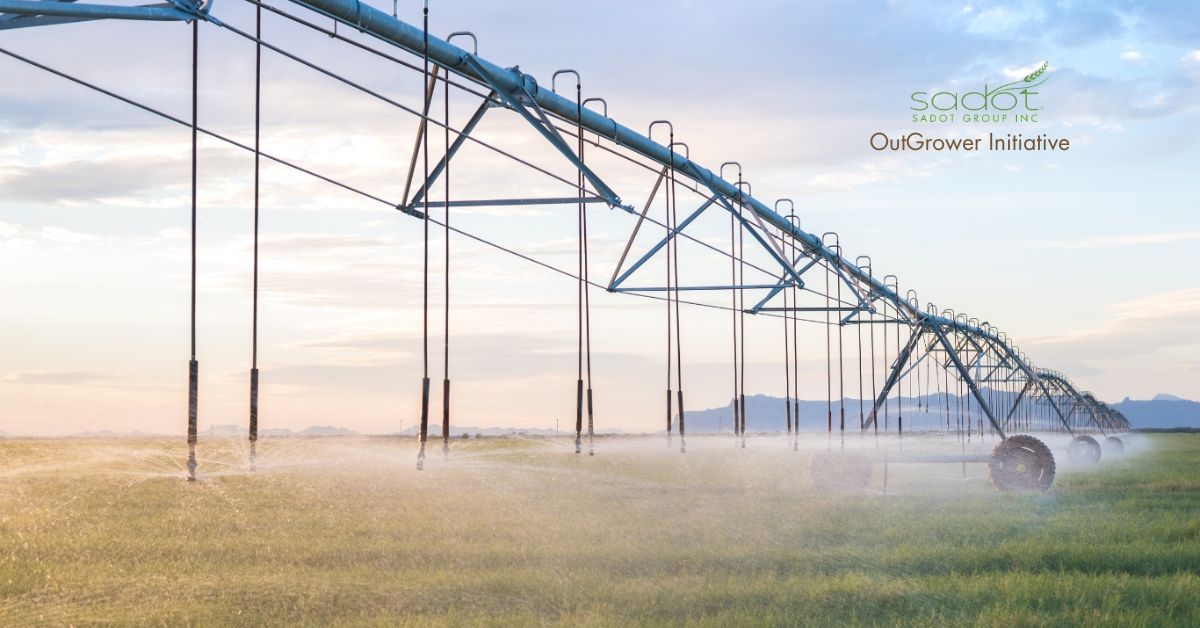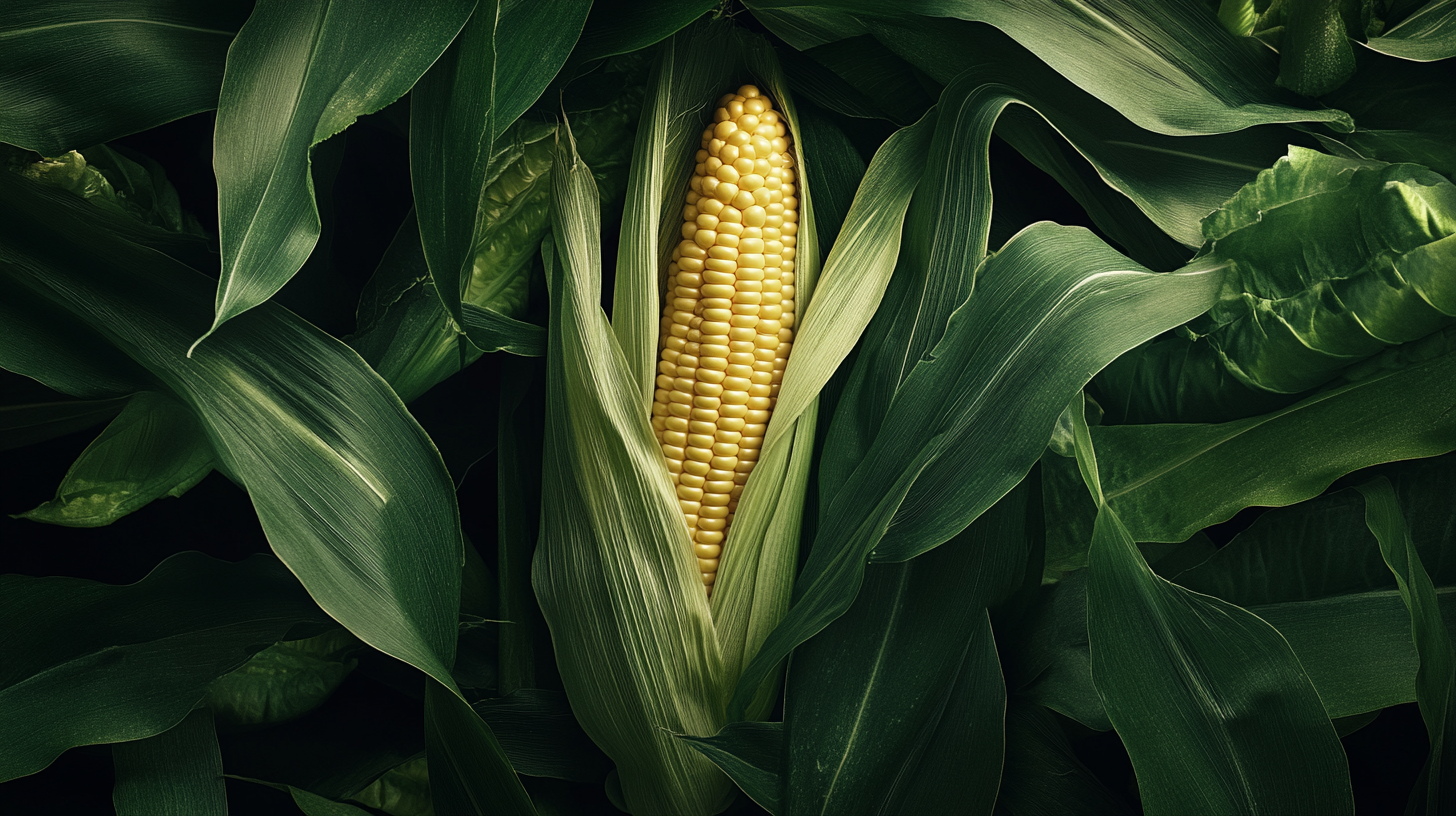Sadot's "Outgrower" Initiative: Empowering Farmers for Sustainable Agriculture
Sadot Group Inc, committed to enhancing global food security and positive impact, has launched its "Outgrower" initiative: a transformative program aimed at bolstering support for farmers of different operational scales. Rooted in the company's core belief in nurturing local farming communities, the initiative is tailored to address the diverse challenges faced by small-scale, emerging, and commercial farmers, equipping them with essential resources and opportunities for growth.
Outgrowers Program

Kailesh Ashani , Head of Sadot’s African operations, offers his insight into the genesis of the initiative: "The 'Outgrower' initiative was born out of real-world challenges concerning food security. Through our interactions, we recognized that local farmers dont always have the means to plant and produce crops, that Despite owning land, many lack the resources to cultivate it effectively. We understood that It was essential to provide them with support that will allow farmers to plant and tend to their plot, with no need for upfront costs.”
The initiative is elegantly straightforward yet profoundly impactful. Sadot Group Inc. equips farmers with essential agricultural inputs such as high-quality seeds and fertilizers, coupled with the company's extensive agricultural expertise. During it’s operations the company continuously provides community workshops to share its knowledge with local farmers. This support system allows farmers to cultivate their crops confidently, backed by the assurance of market access facilitated by Sadot. In return, the farmers retain a substantial 90% of the profits from sales, with the remaining 10% reinvested to offset the initial costs incurred by Sadot. This model not only bolsters food security in local areas but also significantly uplifts the livelihoods of the participating farmers. By improving market access and connecting farmers directly with processors and global markets, the initiative ensures fair pricing and a stable income for the farmers.

In addition, Sadot is continuing to collaborate with government food security efforts, helping communities optimise utilization of farmland, and address pressing issues of maize scarcity in the region. "Maize, being a staple food, is crucial for the nation’s well-being. Ensuring its abundant and affordable availability is imperative," notes Ashani.
In essence, This pilot program is our way to to give back to the community in zambia. It is born out of the desire to respect the farmers and their essential place in the global food supply chain. We believe that it will serve as a catalyst for local employment, creating new job opportunities in farming activities, and have a significant and positive impact on food security in the region, as Kailesh Ashani concludes, "The 'Outgrower' initiative reflects our commitment to a sustainable agricultural future. It’s about empowering our farmers with the tools and support they need, enhancing their livelihoods, and securing a food-secure future for all ."
As the "Outgrower" initiative progresses, it will continue to underline Sadot's commitment to create a sustainable, food-secure future, In the pursuit of a better agricultural landscape. One that will foster prosperity for farmers and communities worldwide
Join Our Newsletter
And be advised when new content is coming up
News Letter











